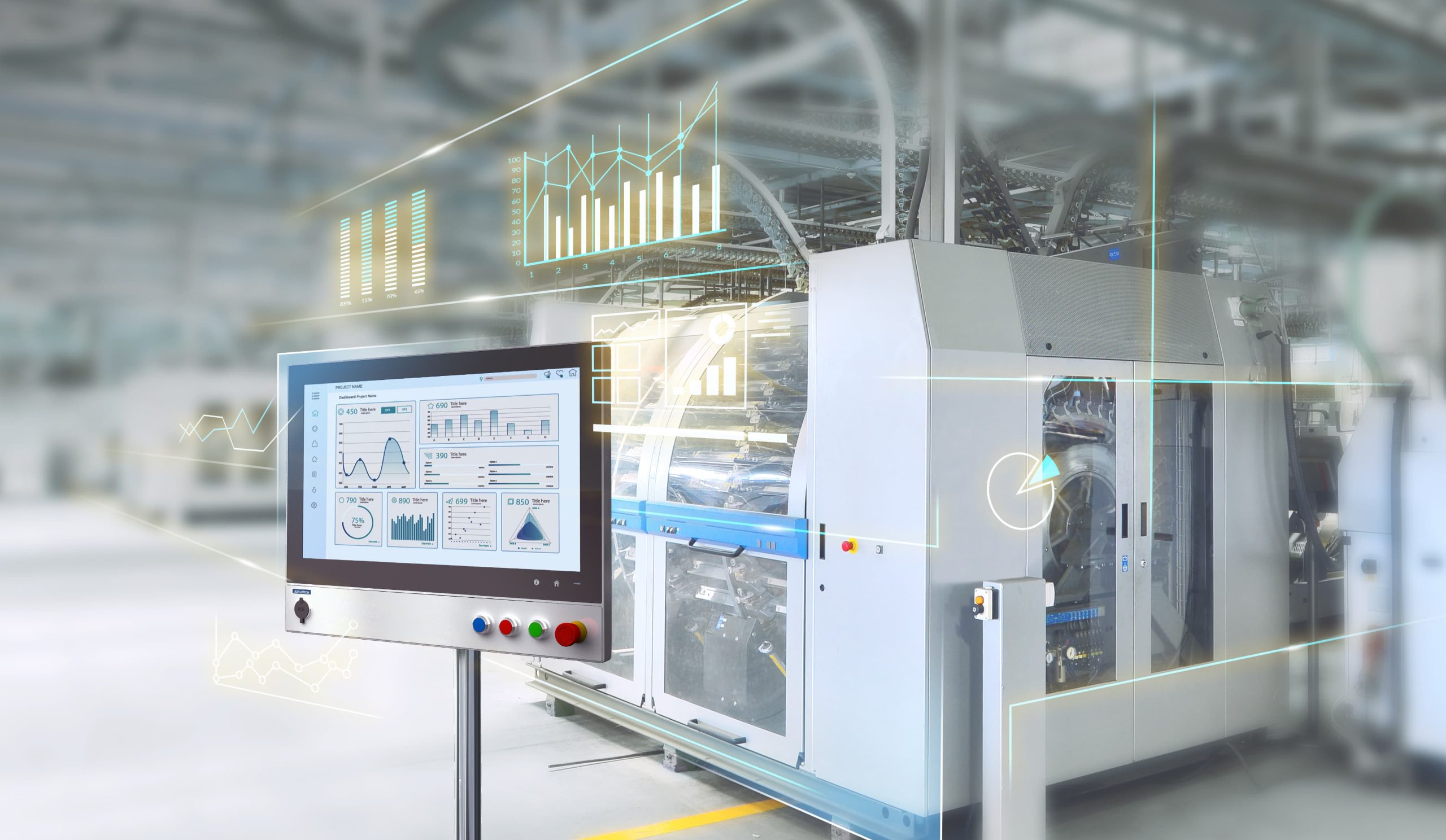In today’s world, HMI systems, which represent the future of the automation sector, hold great significance for anyone involved in automation systems. Often referred to as operator panels or touch panels, HMI systems bridge the concepts of humans and machines, making them particularly valuable in the field of automation.
What is an HMI Panel?
An HMI (Human Machine Interface) panel is a user interface or control panel that connects a person to a machine, system, or device. Technically, it is an interface that allows a user to interact with a device, typically applied to any screen. HMI is most commonly used in the context of industrial processes.
HMI systems often resemble graphical user interfaces (GUIs) due to certain characteristics, but they are not the same. GUIs are typically used in HMI systems for visualization purposes.
The Use of HMI Panels
HMIs are programmed to receive and display information for the user to view. In industrial environments, HMIs are used for several purposes, including:
- Displaying data visually
- Easily tracking production time, trends, and tags
- Monitoring KPIs and machine inputs and outputs
- Controlling home temperature and interacting with HVAC systems
- Allowing factory floor operators to monitor the temperature of an industrial water tank
- Using HMIs to check if pumps are operating
Common examples of HMIs include built-in screens on machines, computer monitors, and tablets. Regardless of their format or the term used to describe them, their purpose is to provide information about mechanical performance and progress.
Who Uses HMI Panels?
HMI technology is used by all industrial organizations and many companies to interact with their machines and optimize industrial processes. Industries that benefit from HMI usage include:
- Energy
- Food and beverage
- Manufacturing
- Oil and gas
- Power and recycling
- Transportation
- Water and wastewater management
The most common roles interacting with HMIs are operators, system integrators, and engineers, particularly control systems engineers. HMIs are essential tools for these professionals to review and monitor processes, diagnose issues, and visualize data.
Features of HMI Panels
HMI screens are often used for a single function, such as monitoring, or for performing more complex tasks like shutting down machines or increasing production speed, depending on how they are applied. HMIs digitize and centralize data for the viewer, optimizing an industrial process.
Operators can benefit from HMIs by viewing the most important information displayed on graphs, charts, or digital dashboards. In this context, they can manage and monitor alarms and connect to SCADA and MES systems through a single console.
HMI technology enables PLCs to transmit real-time information directly to an HMI screen, eliminating the old-fashioned need for manual operation and reducing many visual issues caused by information gaps or human error.
The Future of HMI Technology
Operational and business needs have evolved over the past decade, leading to significant developments in HMI technology. Today, it is more common to encounter highly advanced forms of HMIs. Alongside traditional models, more sophisticated high-performance HMIs often feature touchscreens and mobile devices.
These modernized interfaces create more opportunities for equipment interaction and analysis. As data continues to play an increasingly important role in production, the future of HMI panels looks promising. This technology has come a long way and holds limitless potential for growth.

